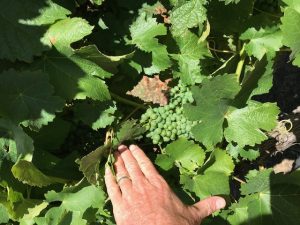The 2015 Shiraz is currently being prepped for bottling and will be ready for your glass….. mid-2019. Ok, ok, I know it’s a way off yet, but this little beauty needs a lot of love and care before it’s ready to drink. Let’s a have a closer look at what is happening behind the scenes.
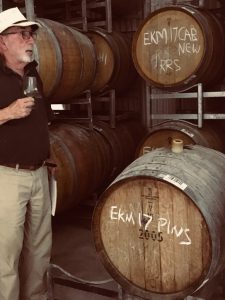 So, a couple of weeks ago you would have read that the 2015 Shiraz has been in barrel for well over two and a half years. It has now been racked out of those barrels for the last time and is sitting in tank waiting for the next steps in the process.
So, a couple of weeks ago you would have read that the 2015 Shiraz has been in barrel for well over two and a half years. It has now been racked out of those barrels for the last time and is sitting in tank waiting for the next steps in the process.
Step 1: Fining
Firstly, a specific quantity of fining agent will be added to the tank to bind all the unwanted compounds in the wine together in clumps so they sink to the bottom of the tank.
The purpose of adding a fining agent to wine is to soften or reduce its astringency and/or bitterness; remove proteins capable of haze formation; or reduce colour by the adsorption and precipitation of polymeric phenols and tannins (in white wines). The fining agent reacts with wine components either chemically or physically, to form a new complex that can separate from the wine (Australian Wine Research Institute)
Commonly-used fining agents include…
- Gelatine
- Isinglass (derived from fish!)
- Egg albumen
- Casein
- Skim Milk
- Bentonite
- Carbon
- Polyvinylpolypyrrolidone (PVPP)
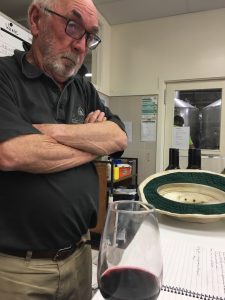 This is a photo of a very serious looking Rob in the winery last week trying to decide which fining agent to use on the Shiraz. The quantity and type of agent used can cause subtle changes in the structure and taste of a wine. Although Rob adores the 15 Shiraz as is, he did wonder if it needed a little softening on the tannins. So, in the lab, he compared samples using 50 parts per million (ppm) of gelatin, 100 ppm gelatin and one using PVPP against the standard to come up with the right one for the job. The sample using 100 ppm gelatin was the winner – the tannins were softened nicely and the middle palate became a lot rounder and softer, without damaging any other characters of the wine.
This is a photo of a very serious looking Rob in the winery last week trying to decide which fining agent to use on the Shiraz. The quantity and type of agent used can cause subtle changes in the structure and taste of a wine. Although Rob adores the 15 Shiraz as is, he did wonder if it needed a little softening on the tannins. So, in the lab, he compared samples using 50 parts per million (ppm) of gelatin, 100 ppm gelatin and one using PVPP against the standard to come up with the right one for the job. The sample using 100 ppm gelatin was the winner – the tannins were softened nicely and the middle palate became a lot rounder and softer, without damaging any other characters of the wine.
Step 2: Cold stabilisation
Have you ever drunk a wine and found what looks like shards of glass in the bottom of the bottle or, even worse, your glass? Well, don’t freak out… it’s not glass, but completely harmless and natural tartrate crystals which can form when a wine hasn’t been properly temperature stabilised. They are scientifically known as potassium bitartrate, but if you’re a whizz in the kitchen you might also know them as cream of tartar!
Tartrates occur in wines when potassium and tartaric acid, both naturally occurring products of grapes, bind together to form a crystal. They are a normal bi-product of a wine as it ages, but cold temperatures (usually below around 4 degrees Celsius) can make them naturally combine with potassium to form a crystal.
The way to avoid this happening is to force this process in the winery before bottling. The tank is chilled down so far that ice forms on the outside and the tartrates form and sink to the bottom.
Step 3: Filtration
So, now that we have all these clumps (!) and crystals in the wine, what to do with them?
The final step in the process is to pass the wine through a filter on its way to the bottling line. This will remove all those unwanted particles and leave us with a beautifully clean wine, ready to be enjoyed by you…… in a year or so. But, hey! We have plenty of 2013 (and the 2014 still to come) to keep us going until then.
It should also be pointed out that the removal of these tiny fractions adds to the remarkable cellaring potential of Rob’s wines. Last weekend, I was lucky enough to sip on a 1998 Shiraz that Rob made and it definitely did NOT taste like a 20 year old wine! So, not only will we be enjoying Rob’s 2013 Shiraz at the cellar bar this weekend but also for years to come (if we can hang onto it for that long!).
Looking for something to do this weekend? If you’re in Adelaide and would like to see what the 2015 will taste like this time next year, we have a few bottles of 2014 that we’ll open for tasting at the Cellar Bar in Handorf. Mention this post for your chance to try it before anyone else does!
Stop the presses!
(did you see what I did there?!)
Last week, I explained what was happening with the Sparkling vintages in the pipeline. If you missed it, catch up here.
Since then, Rob has filled us in on some sneaky experimenting he has been doing behind our backs.
Back in 2012 he kept two barrels of 2012 Sparkling aside with the view to adding them to the 2013 – he had the idea that adding slightly aged wine to the sparkling would increase it’s body and complexity. In the end, he only used one of those barrels.
Anyway, the point is, it’s been racked off into bottles and shaken down (to get the lees into the neck ready for disgorging) and now Rob is testing out ideas for it. Watch this space…!
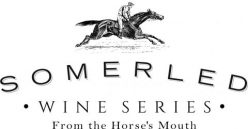
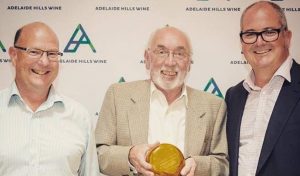
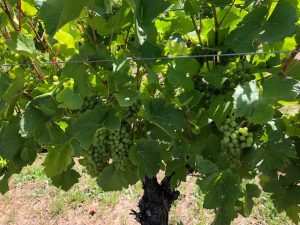 Vines looking good even after the heat of the past week. They look fresh and the leaves are glossy. The nighttime temperatures have been really low since the two or three very hot days over the weekend, which helps. The vines on the block we pick the grapes for the sparkling are “dry grown” and get no irrigation at all (unless they absolutely need it – the grower has a bore).
Vines looking good even after the heat of the past week. They look fresh and the leaves are glossy. The nighttime temperatures have been really low since the two or three very hot days over the weekend, which helps. The vines on the block we pick the grapes for the sparkling are “dry grown” and get no irrigation at all (unless they absolutely need it – the grower has a bore).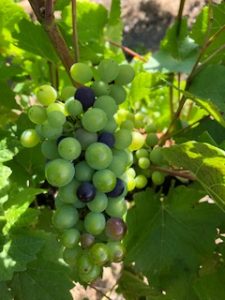 and are still hard as nails. Almost no sign of
and are still hard as nails. Almost no sign of 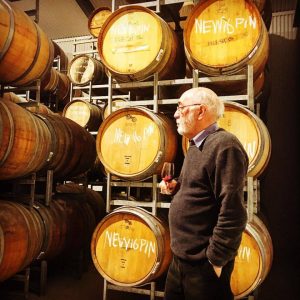 have a look at what’s happening behind the scenes with some of Rob’s creations which he is lovingly nurturing…
have a look at what’s happening behind the scenes with some of Rob’s creations which he is lovingly nurturing…